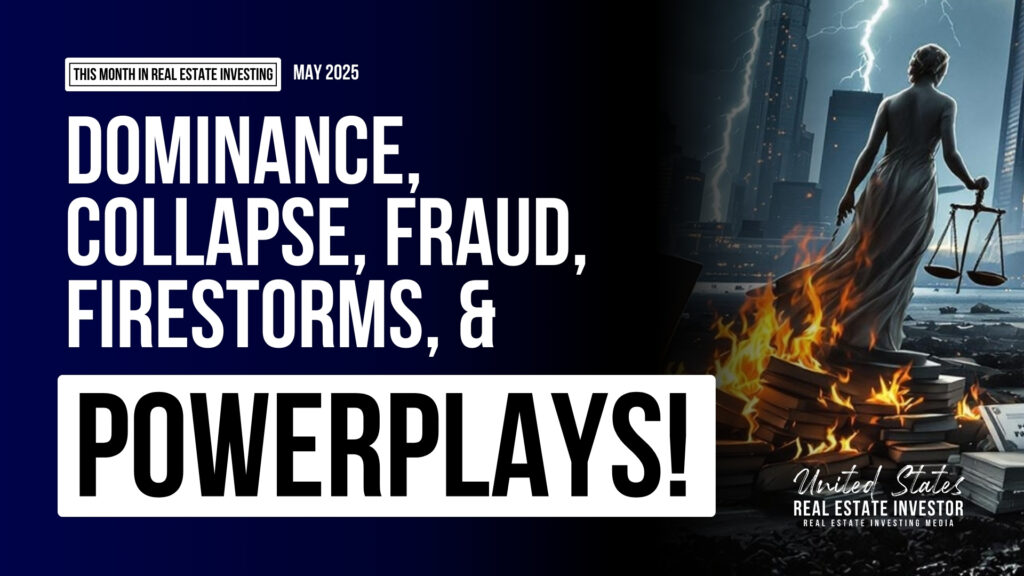Key Takeaways
- San Francisco’s office vacancy rate has soared to 31%, reflecting a dramatic shift in the city’s real estate landscape.
- Landlords are abandoning their commercial properties, signaling deep distress and uncertainty in the market.
- The ongoing vacancies pose significant challenges and may reshape the future of San Francisco’s commercial district.
Unprecedented Challenges Hit San Francisco’s Commercial Real Estate
San Francisco office towers stand as hollow monuments to a collapsing market, their windows dark and empty, echoing a crisis unparalleled in modern real estate.
Vacancy rates have exploded to a terrifying 31%, quadruple pre-pandemic levels, shattering any sense of stability.
Landlords are fleeing, abandoning assets and hopes alike, while unleased floors pile up in endless succession.
Investors now face a city transformed, its commercial heart teetering on the brink, its future uncertain—what comes next could change everything.
How long can San Francisco’s office market survive without drastic action?
San Francisco’s Office Market Crisis Deepens
As vacancy rates surge to historic, unimaginable highs, the San Francisco office market teeters on the precipice of collapse.
Empty towers cast long shadows over a city gripped by fear, as thousands of square feet languish unused, silent testaments to a new economic era.
Landlords abandon hope, leaving iconic properties, once the pride of the skyline, trapped in a downward spiral.
The city’s financial core, battered by waves of technological shifts and the relentless march of remote work, faces devastation like never before.
Just as neglecting regular roof inspections and maintenance in harsh climates leads to mounting damages and soaring costs for property owners, the lack of demand in San Francisco’s office market accelerates the pace of economic deterioration.
By the first quarter of 2025, the numbers sound an alarm.
Reports from CBRE, Cushman & Wakefield, and Kidder Mathews each reveal a market in free fall, with vacancy rates ranging from a staggering 31.7% to an earth-shattering 35.8%.
In fact, a 34.7% vacancy rate was recorded at the end of Q1 2025, marking an increase of 120 basis points over the previous quarter.
At 32.7 million square feet sitting vacant, San Francisco’s office space glut is more than four times greater than pre-pandemic levels.
Sandwiched between these statistics lies a chilling reality: optimism offers no shelter from the cold metrics of demand and supply.
Despite these record highs, San Francisco has the highest vacancy among comparable metros, even surpassing notorious office markets like Austin.
The relentless rise of remote work, spurred by rapid technology shifts, continues to hollow out demand for office space.
Companies once defined by armies of desk-bound workers now opt for lean, flexible footprints.
Old leasing models collapse under the weight of innovation, leaving floors and entire buildings eerily empty.
Months pass, tenants retreat, and the city’s commercial core heads toward the abyss.
Can city planners and investors rethink San Francisco’s downtown before collapse becomes irreversible?
Leasing activity, seemingly robust at a 55% year-over-year increase, masks deeper wounds.
Most of the leases signed are mere renewals—figures that disguise more than they reveal.
Real growth, genuine expansions, remain rare events in a landscape stricken by uncertainty.
Even as names like JPMorgan Chase and the Chan Zuckerberg Institute ink deals, these headline grabs cannot stem the surging tide of vacancy.
Comparisons intensify the fear gripping the market.
Miami, with a vacancy rate less than half of San Francisco’s, emerges as a fortress amid the chaos.
National averages pale before the city’s nightmare numbers: San Francisco stands isolated, an outlier caught in a dangerous downtrend.
Premium rents, once a badge of strength, now seem like relics from a vanished age.
Discount deals bloom elsewhere, but the city’s high pricing only accelerates its flight from reality.
The pipeline of unleased space grows ever larger, swollen by buildings conceived for another era.
Few new groundbreakings offer little hope; instead, each month brings more empty floors.
Recovery now appears years away, if it comes at all, as the hybrid work revolution cements itself into office culture and traditional demand evaporates.
As job growth staggers and technology volatility sows further doubt, the message is impossible to ignore: San Francisco’s office market is careening toward disaster, with no rescue in sight.
Investors, owners, and brokers tremble as the full weight of the crisis bears down, threatening to reshape the city’s economic destiny forever.
Assessment
San Francisco’s office crisis is only getting worse, with vacancy rates now soaring to 31% and empty buildings dominating what was once a bustling cityscape.
Landlords are pulling back, investments are drying up, and more areas of the city are falling quiet as remote work reshapes how—and where—we do business.
Will San Francisco’s office towers ever buzz with life again or are they monuments to a bygone era?
As these trends continue, city officials are left scrambling for solutions, while hopes of a swift recovery start to feel more distant.
With historic vacancies, mounting debt, and the uncertainty clouding San Francisco’s office future, it’s clear the city is at a crossroads.
The path out of this crisis will require creative solutions from landlords, business owners, and policymakers alike.
If you care about the future of San Francisco, now’s the time to join the conversation and help shape a new vision for our changing downtown.
Learn how other cities are adapting in























